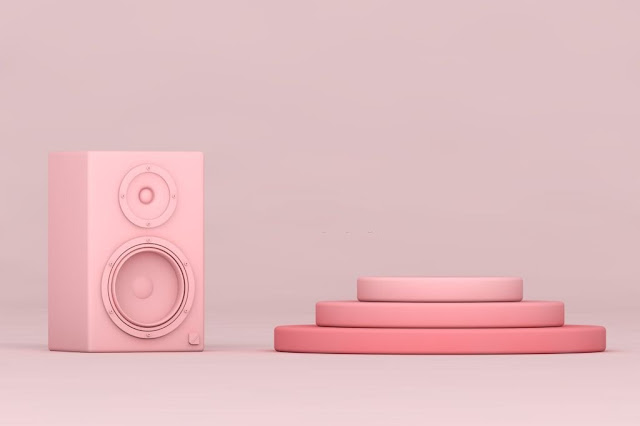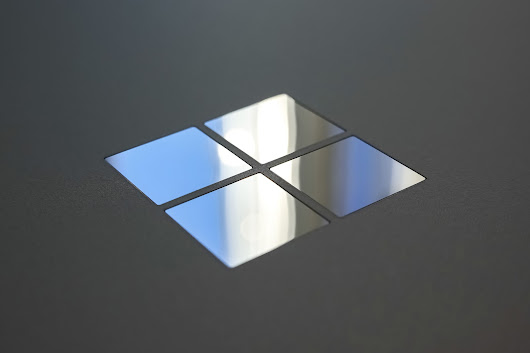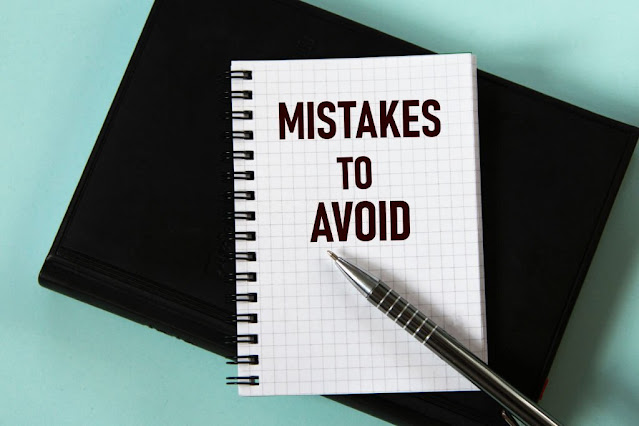Advice On The Best Budget Studio Monitors
Music production takes far more than sheer talent. Having the proper tools for the task is critical, just as it is for any other career. When you're trying to get such tools on a budget, however, things get a little more tricky.
Fortunately, there are still some solutions available. We'll show you the best budget monitor speakers under $100 today. These aren't the best monitors on the market, but they'll do the job and let you follow your passion for music production.
What Are the Differences Between Monitor and Regular Speakers?
The way monitor speakers render tone is the major distinction between them and ordinary speakers. Your normal computer speakers will have a bass-heavy tone profile and a tone profile designed to extract the maximum flavor from your music. With monitors, however, this is not the case. Their main goal is to be as flat as possible, allowing you to hear your mix in its natural state. It's difficult to achieve that kind of transparency with $100 monitor speakers. A set that costs around $500 will perform far better.
The size of the transducers is the first issue with low-cost monitors. In the vast majority of cases, each cabinet will contain a driver and a tweeter. Some manufacturers call these drivers woofers, although that is at best wishful thinking. You're dealing with 3" units, which have certain limitations. In the best-case situation, it will be a respectable full-range driver with a low enough frequency response and a linear frequency response across the range. In the worst-case situation, you'll be dealing with a dead bottom end and a respectable middle section.
Selecting the Best Budget Studio Monitors for Your Requirements
Despite the fact that budget monitors are limited in terms of capabilities, they nonetheless come in a range of styles and sizes. Choosing the right one might save you a lot of time and money in the long run. Initial and foremost, you shouldn't spend too much time selecting your first monitors, especially if they are within the price range we are discussing today.
Bluetooth is a wireless technology that allows you to connect
Because of this, hybrid monitors and those with Bluetooth technology aren't to be overlooked. Too many newbies go for the most basic configuration possible, which is devoid of any functionality. Those models are intended for customers who will be using monitor speakers for a very specific purpose. A nice hybrid might do you more good if these are going to be your only speakers for a long.
The Size Of The LF Driver And Its Power
The low-frequency drivers on the majority of the best affordable studio monitors will be 3′′ or 4′′ in diameter. You will be disappointed if you expect anything more. Most of the time, an extra inch of transducer real estate won't make a difference in performance. The truth is that most of these transducers fall into the mid-range or even full-range driver category.
Both 3′′ and 4′′ drivers will work in smaller studios. In fact, when working in limited locations, smaller drivers are far preferred. It will be far more dependent on how you arrange your speakers to get the best performance out of them.
The issue of power is a little more intriguing. The majority of inexpensive speakers will be in the 20 to 50 Watt range. Anything in that range will suffice when it comes to making music. Aiming for a greater power rating, on the other hand, can provide you more headroom when it comes to mixing your projects.
The Frequency Spectrum
Another factor to think about is the frequency range of these low-cost studio monitors. The majority of high-end studio monitors have a wide range of low and high frequencies. However, if you're serious about making music, you'll need a wide range to distinguish between high notes and strong bass. As a result, think about the different frequency variations you like to work with. If you want to use a lot of dynamics in your music, you'll need to look at the higher end of the $100 price range to locate the best budget studio monitors.If you don't use a subwoofer with your music creation, you can have trouble reaching 20Hz, therefore 50Hz-10kHz is a good alternative for giving you ample control and creativity over the low-end spectrum. On average, 3dB is a well-balanced and good all-rounder for most music compositions, though you should always double-check this with your specific style when you have your studio monitors.
The Monitor's Dimensions in Relation to Your Space
The greatest budget powered studio monitors must fit into your living space and room dimensions. You can be encouraged to feel that making music at a higher volume is the ideal option, but this isn't always the case. It is possible to damage your ears if you mix music at a volume higher than 85 dB. However, for music mixing, any frequency in this range or below is ideal.
Keep in mind that speakers have a recommended volume level that they can attain, and any volume lower or greater than that will not bring out the speaker's optimum quality.
When shopping for the best budget studio monitors, make sure the monitors' size fits the size of the space you intend to utilize them in. Use the 85dB measurement (which is about the same loudness as traffic in a city) to see if it is too loud or too quiet for the room you want to put them in.
Where Will The Speakers Be Placed?
We're not simply talking about the room in this part; we're talking about where you want the speakers to go. Despite the fact that this post is about cheap studio monitors, you should still try to get the most bang for your buck and put a lot of thought into your final decision. If you place your monitors too high or too low, the sound waves will travel in different directions and reach your ears in different ways.
The ideal method to do this is to arrange the two speakers and a chair in a triangle. The chair should be the focal point, but avoid leaning against a wall since vibrations will be affected.



Comments
Post a Comment